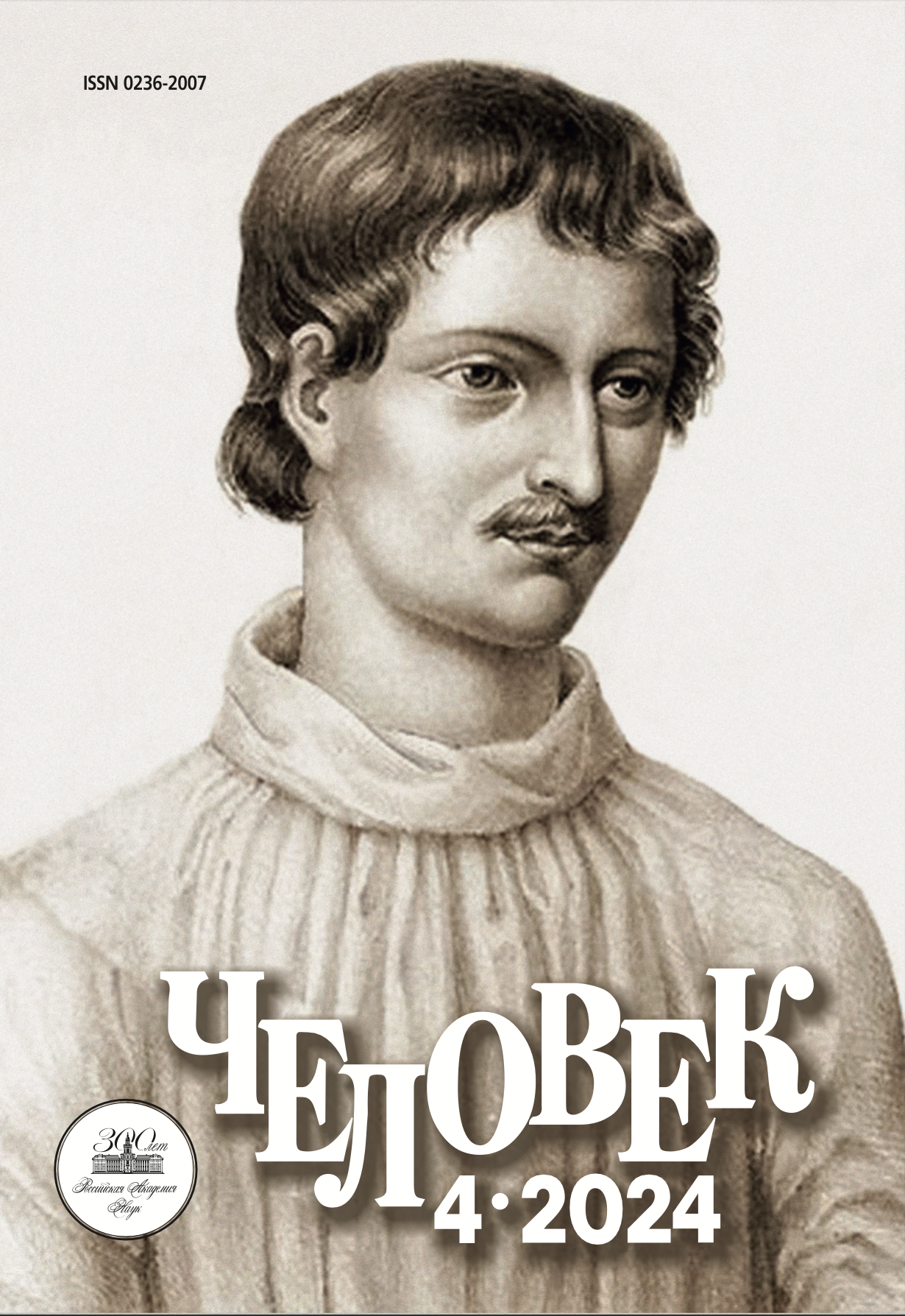Bruno’s Strange New Worlds and the Orphics
DOI:
https://doi.org/10.31857/S0236200724040092Keywords:
Orphicism, Pythagoreanism, Hermeticism, Cabala, images of the future, Renaissance philosophy, plurality of worlds, polis religionAbstract
Images of the future in Plato's philosophy are in one way or another associated with the past. Such are the myth of Atlantis, the Cretan laws or the reformed polis religion. Neoplatonists up to the Renaissance followed the same path, as beautifully shown as early as Frances Yates (1964) in the mid-twentieth century, who, however, preferred to perceive Platonism as part of the widely understood Renaissance Hermeticism. This approach has now been considerably revised (cf., e.g. Gatti 2011 and 2017) and, as far as Giordano Bruno is concerned, it is interesting to compare his perception of “ancient theology” with Orphicism. Indeed, in his “Cena de le ceneri” and “De l'infinito, universo et mondi” Bruno develops a cosmology of multiple worlds, in many ways similar to Orphic, while in Lo spaccio della bestia trionfante and Cabala del cavallo Pegaseo he explicitly uses the methodology of reinterpretation of polis religion inherited by Platonists from Orphic commentators. I am not claiming that all these literary parallels with Orphicism influenced Bruno directly, but the observations made in this article seem likely to contribute to a better understanding of the genesis of his philosophy.






